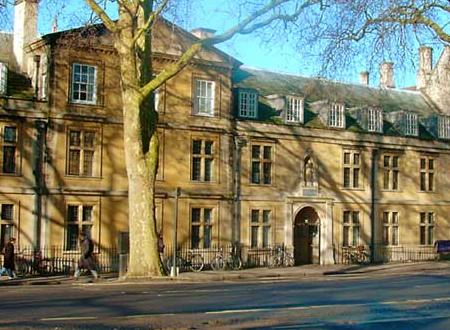
Blackfriars Private Hall
Blackfriars is a Permanent Private Hall (owned by an outside institution) of Oxford University. It houses three distinct institutions.
There are six permanent Private Halls that belong to the University of Oxford. Permanent Private Halls are owned and governed by an outside institution and not by its fellows. Find out whether you can visit the Halls and what you shouldn’t miss if you do.
A permanent private hall (or PPH) is an educational institution within the University of Oxford. private halls have existed since 1221, and became permanent features of the University in 1918. The main difference between colleges and private halls is that colleges are governed by fellows – while halls do so with their corresponding Christian denomination.
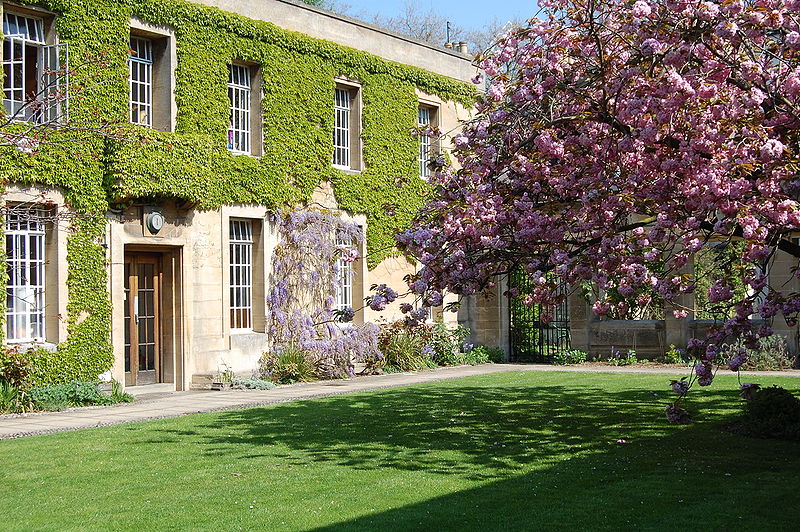
There are six PPHs in Oxford, five of which admit undergraduate students (it’s a common misconception that they only admit postgraduates). Oxford’s private halls are seen, sometimes, as having a sort of mythical status in some university circles.
Students at the Permanent Private halls are members of the University of Oxford and have full access to their activities and facilities. In 1918, the University passed a statute that allowed private halls to become permanent – as long as they were not run for profit.
In some cases, private halls can be granted full collegiate status. For example, Mansfield College became a full college in 1995 and Harris Manchester College in 1996.
One hall, Greyfriars, had to close in 2007-08 because the Franciscan order than ran it could no longer afford the expense. Greyfriars’ students were transferred to Regent’s Park College.
Because of the religious nature of Oxford’s private halls, most tutors are theologians. This is one of the reasons why PPHs have a higher intake of Theological Studies students (or students doing Combined Honours with Theology). Being religious, however, is not a prerequisite for reading a subject in a PPH.
In most regards, Oxford Private Halls are just like colleges. There is a Junior Common Room (that has a President and a Committee and holds weekly meetings), they have dining halls serving food three times a day, and sometimes hold formal dinners. Some even hold bops where everyone wears ridiculous outfits and drinks from college bars. There are differences too, though. Because PPHs are financially autonomous, things like travel grants and college counselling are more inaccessible. Many Private Halls have to raise money to acquire, for example, equipment.
Oxford has six permanent halls. Of them, five admit undergraduates two accept also women. The members are members of the University of Oxford. While they are trained as ordinands of their denominations, they also attend a range of courses. Some private halls also accept priests of other others and congregations, and occasionally non-ordained students and ministers of other churches.
Founded
1221
1896
1810
1897
1876
1877
Affiliation
Roman Catholic (Dominican)
Roman Catholic (Jesuit)
Baptist Union of Great Britain
Roman Catholic (Benedictine)
Church of England (Anglo-Catholic)
Church of England (Evangelical)
Undergraduate Degree Subjects
PPE, Philosophy and Theology, Theology
–
Classical Archaeology and Ancient History, Classics, Classics and English, English, Geography, History, History and Politics, Law, Philosophy and Theology, PPE, Theology
Classics, Classics and Oriental Studies, History, History and Politics, Oriental Studies, PPE, Philosophy and Theology, Theology
Theology
Philosophy and Theology, Theology
Some people argue that Permanent Private Halls have a lack of wealth and diverse subjects, reason why they haven’t moved to collegiate status. In reality, most of them don’t want to renounce their religious affiliation. Regent’s Park, for example, is involved in ordaining members of the Church to Priesthood, and receives funding and guidance from the church body. Most PPHs also want to preserve elements of their distinct ethos.
You can learn more about Oxford University’s Private Halls using the links below. Each Hall has a page with some history, the details of the degree subject, and photos.

Blackfriars is a Permanent Private Hall (owned by an outside institution) of Oxford University. It houses three distinct institutions.
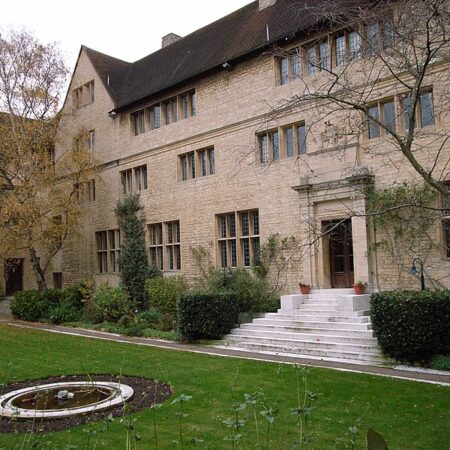
There are six Permanent Private Halls at the University of Oxford in England. Campion Hall is run by the Society of Jesus.
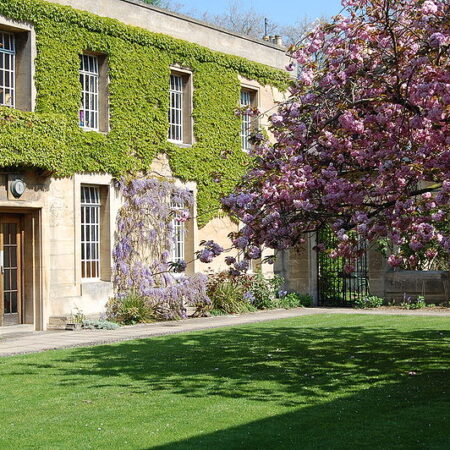
Located in central Oxford, just off St Giles’, Regent’s Park College is a permanent private hall of the University of Oxford.
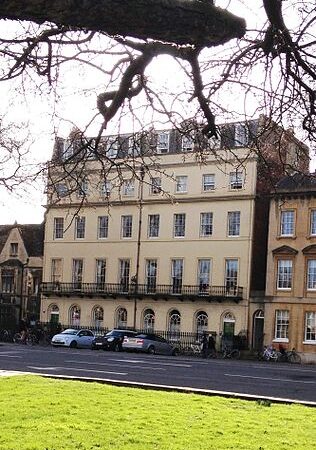
St Benet’s Hall is one of Oxford’s Permanent Private Halls. Its principal building is located on the side of St Giles.
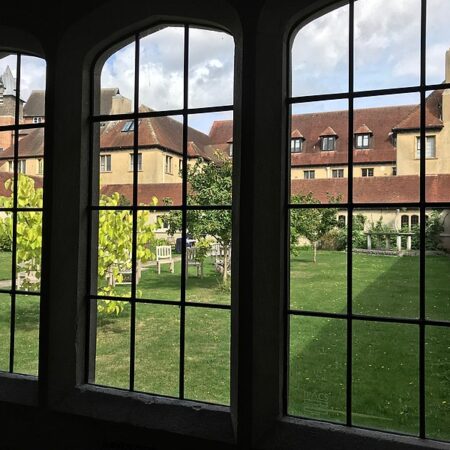
One of the six Permanent Private Halls of Oxford University, St Stephen’s House is an Anglican theological college.
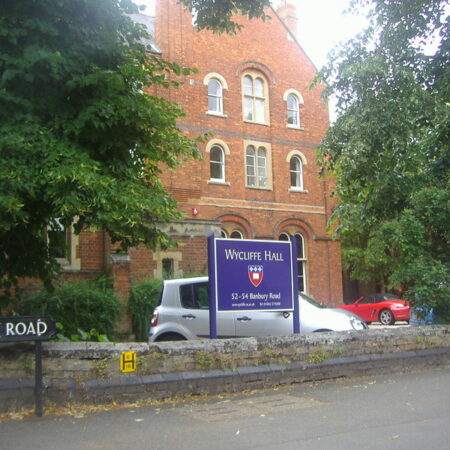
Wycliffe Hall is named after the Bible translator and reformer John Wycliffe, who taught at Balliol College, Oxford in the 14th century.
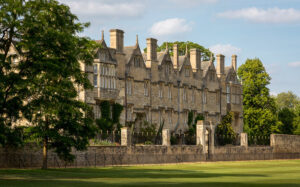
As one of the constituent colleges of the University of Oxford in England, Merton College dates back to the 1260s by Walter de Merton.
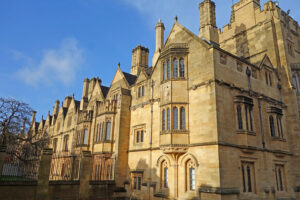
Established in 1458 by William of Waynflete, Magdalen College is a constituent college of the University of Oxford.
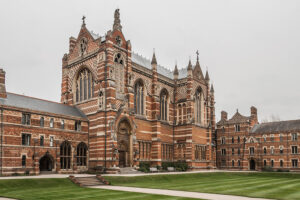
Keble College is one of the University of Oxford’s constituent colleges. It is located on Parks Road, opposite the University Museum.
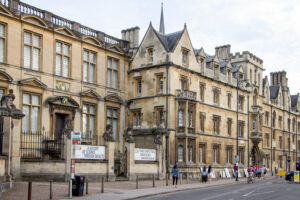
A constituent college of the University of Oxford in England, Exeter College is the fourth-oldest college of the university.
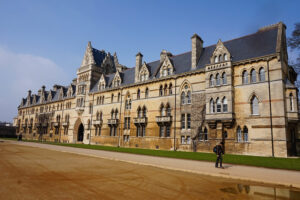
Christ Church is college of the University of Oxford. It was founded in 1546 by King Henry VIII and is one of the larger colleges.

Antiques on High is an antiques and art shop from Oxford founded in 1997 and open seven days a week. It has won several awards.
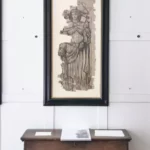
Aidan Meller Gallery is one of Oxford’s longest-established specialist art galleries. They showcase modern, contemporary and old masters.
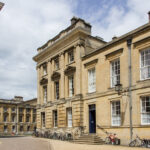
Christ Church Picture Gallery is an art museum holding an important collection of about 300 Old Master paintings.
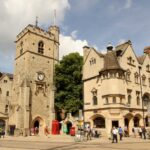
Carfax Tower, in Oxford, is a 23-meter-high bell tower that used to belong to a 12th-century church. Here’s how to visit it (and why!).
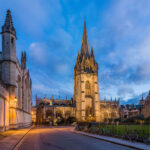
University Church of St Mary the Virgin is actually from where Oxford University grew, and an un-missable spot if you’re visiting the city.
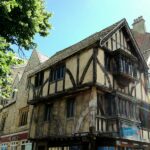
24-26 Cornmarket Street, Oxford is a timber-framed building built in the late 14th century. It belonged to a wine merchant and was an inn.
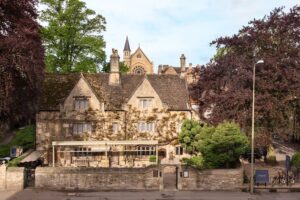
The Old Parsonage Hotel is one of the best-ranked hotels in the city and dates back to the 17th century. Here’s how to visit.
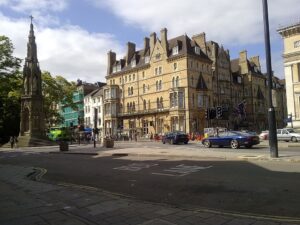
The Randolph Hotel, situated in the heart of Oxford, stands as a distinguished landmark of the city, attracting guests from around the world.
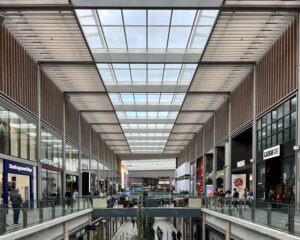
Westgate Oxford has more than 100 stores featuring prestigious luxury brands and beloved high-street choices.
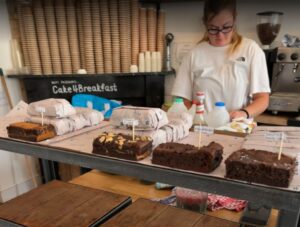
Barefoot offers homemade cakes, pastries and bread, delicious coffee for eat-in or takeaway in the neighbourhood of Jericho, in Oxford.
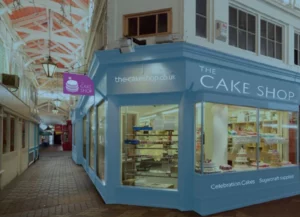
The Cake Shop offers ready-made designs and bespoke masterpieces and has been trading since 1986 in Oxford’s Covered Market.
| Cookie | Duration | Description |
|---|---|---|
| cookielawinfo-checkbox-analytics | 11 months | This cookie is set by GDPR Cookie Consent plugin. The cookie is used to store the user consent for the cookies in the category "Analytics". |
| cookielawinfo-checkbox-functional | 11 months | The cookie is set by GDPR cookie consent to record the user consent for the cookies in the category "Functional". |
| cookielawinfo-checkbox-necessary | 11 months | This cookie is set by GDPR Cookie Consent plugin. The cookies is used to store the user consent for the cookies in the category "Necessary". |
| cookielawinfo-checkbox-others | 11 months | This cookie is set by GDPR Cookie Consent plugin. The cookie is used to store the user consent for the cookies in the category "Other. |
| cookielawinfo-checkbox-performance | 11 months | This cookie is set by GDPR Cookie Consent plugin. The cookie is used to store the user consent for the cookies in the category "Performance". |
| viewed_cookie_policy | 11 months | The cookie is set by the GDPR Cookie Consent plugin and is used to store whether or not user has consented to the use of cookies. It does not store any personal data. |